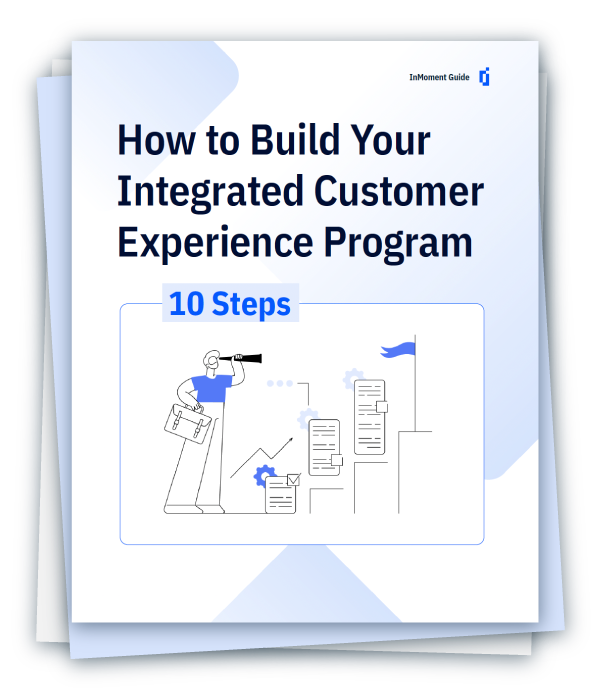
Creating a compelling and emotional story is one of the best ways for experience practitioners to secure ROI from the boardroom. However, while a lot of program managers might be content to wing their way through those meetings, there are proven storytelling methods and frameworks out there that can greatly improve your chances of getting that executive buy-in. Today, we’re going to lay out a framework invented by famed consultant Barbara Minto called the Pyramid Principle, and it goes like this:
- The Situation
- The Complication
- The Question
- The Answer
Step #1: The Situation
This is the step in which you lay your story’s framework. When it comes to customer experience (CX) stories specifically, it’s handy to start this area out with a profile of the customer who’s at the heart of the interaction. Provide a few compelling personal details about this person as you build the world toward your brand being able to address their inevitable concern. This will tee the rest of your narrative up for how your organization saved this customer’s day.
Step #2: The Complication
Once you’ve set the stage by describing who your customer is and providing a few key background details, you can then dive into the problem that drove the customer to your brand. Take care not to describe the issue in solely problem-meets-product terms—emphasize how whatever the customer is dealing with is affecting them as a person. This approach builds empathy with the executives to whom you’re presenting and reinforces the notion of treating customers like people, not just clients, which is key to Experience Improvement (XI).
Step #3: The Question
This is the part where you establish how your brand can solve the customer’s problem, and it’s where the product and service piece that’s usually better to sidestep in step 2 can really come back in full force. Detail how your organization first came to the customer’s attention, why they believed your brand could assist them, and how your organization thought to solve the problem. Which brings us to the fourth and final step in the Pyramid Principle…
Step #4: The Answer
This step is a culmination of the personal elements established in step 2 and the business side outlined in step 3. Here’s where you can reveal not only how your brand solved the customer’s problem in a purely business sense, but more importantly, what that solution did for them personally. Don’t hold back when describing how happy your solution made the customer and whether they shared that joy with others online. That sort of connection is truly what creates a stronger bottom line for brands… and it’s something that executives are actually just as much if not more interested in than numbers.
Click here to learn more about how effective storytelling can inspire executive buy-in. Expert Simon Fraser has studied storytelling for well over a decade and has a lot more to say about how telling a good story can wow boardrooms, drum up ROI, and get your boardroom fired up for more.














